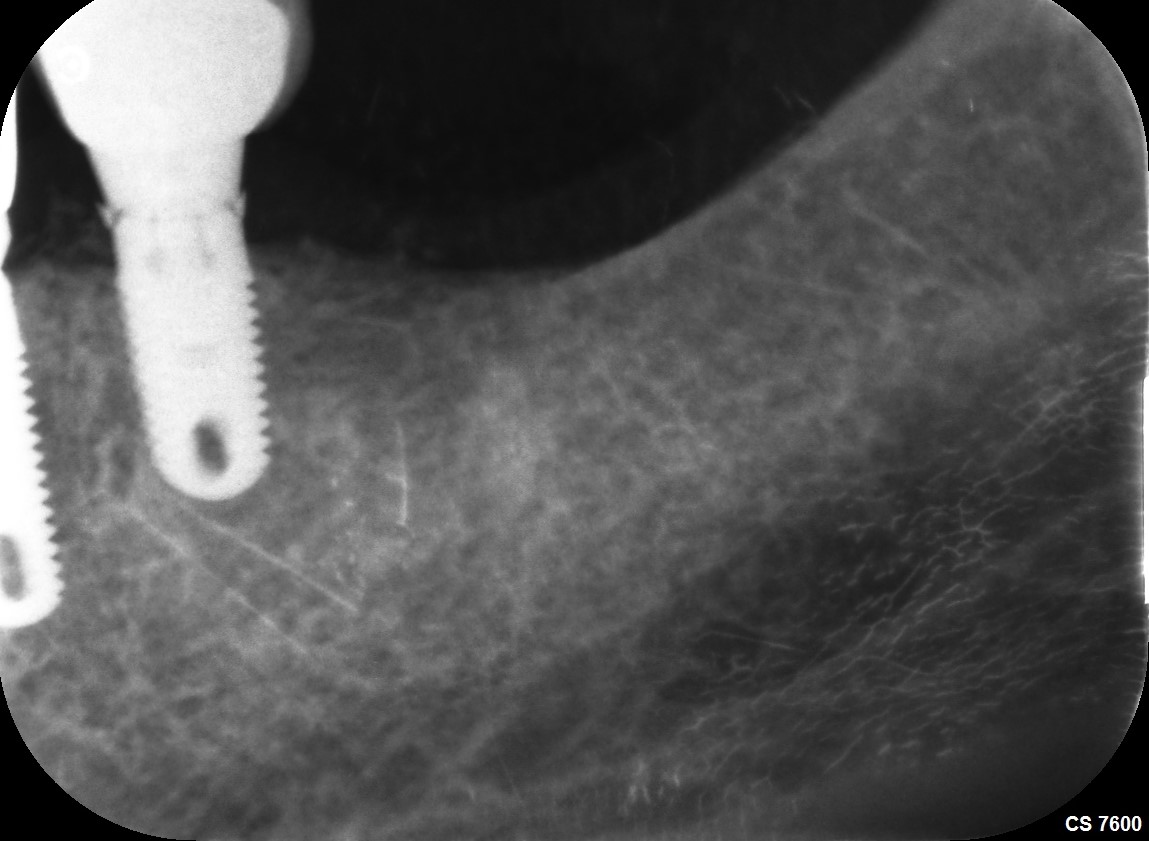Maxillary sinus augmentation: DBBM and L-PRF
Platelet-rich fibrin (PRF) has been applied successfully in implant dentistry. How would a mixture of PRF and another graft material, compare to the graft material alone? A recent study 1, evaluated the effect of leukocyte and platelet-rich fibrin (L-PRF) in combination with deproteinized bovine bone mineral (DBBM) on bone regeneration in maxillary sinus augmentation.
The conclusion:
There was no qualitative difference in histological analyses among the groups. In all samples, a newly formed bone was in direct contact with the residual material…Both techniques were effective for maxillary sinus augmentation, and after 6 months of healing, the addition of L-PRF in DBBM did not improve the amount of regenerated bone or the amount of the graft integrated into the newly formed bone under histological and histomorphometric evaluation.1Read More
(Note: “L-PRF is a high density fibrin clot. It serves as a biological healing matrix by supporting cell migration and cytokine release, expanding the range of its potential applications greatly. When a graft material is suspended in the clot, the graft™s handeling characteristics are dramatically improved.”2)
If you use PRF (L-PRF) in your practice, how do you use it? In combination with another graft? What has been your clinical experience?
1.Maxillary sinus augmentation with leukocyte and platelet-rich fibrin and deproteinized bovine bone mineral: A split-mouth histological and histomorphometric study.. Clin Oral Implants Res. 2018 Jan;29(1):67-75. Nizam N et al.
2.L-PRF at Intra-Lock

















